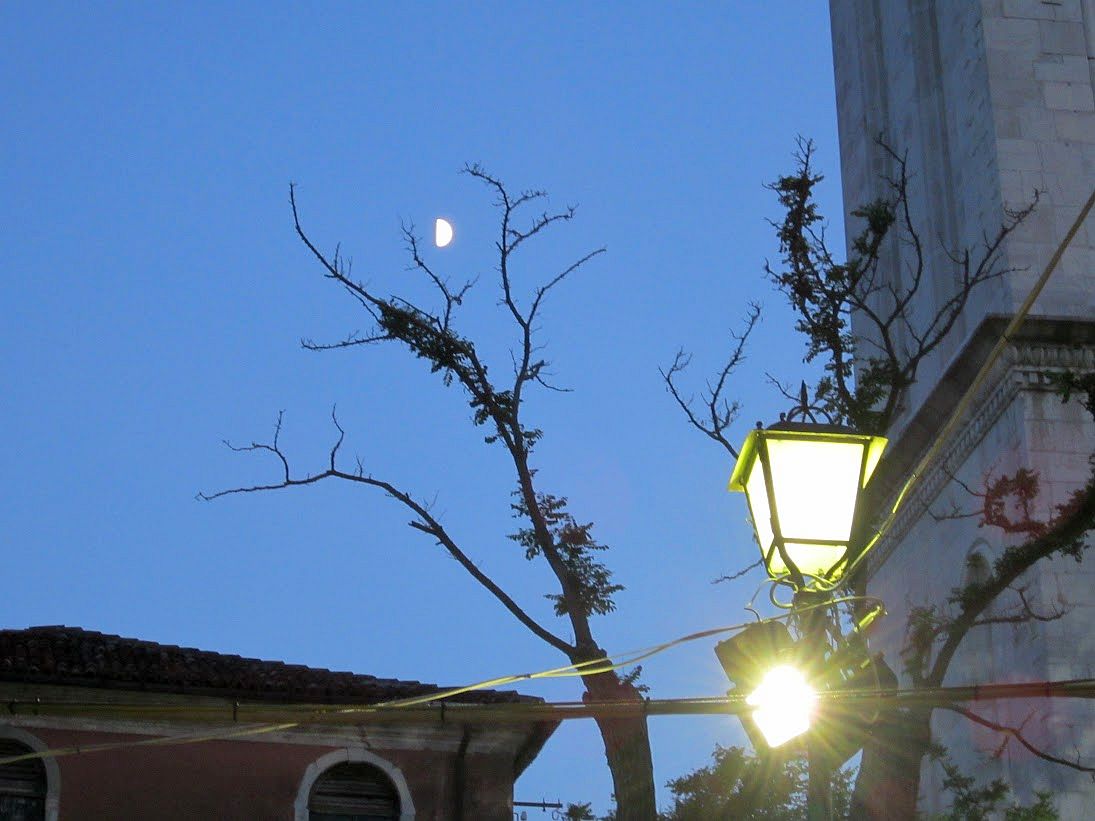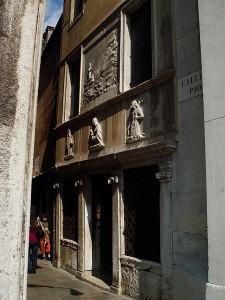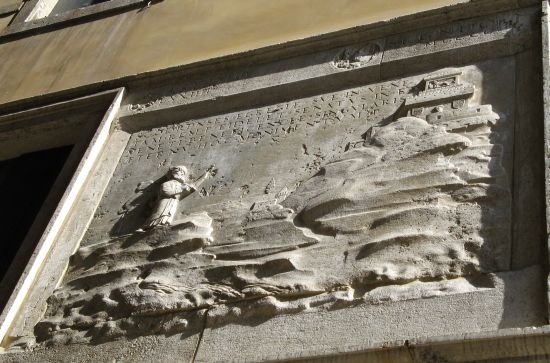So I now walk away from the curious fresco crowned by the streetlight, and focus my attention on the streetlights themselves. We take them for granted, but lighting up Venice was an endeavor that went on for centuries and involved no granting at all.
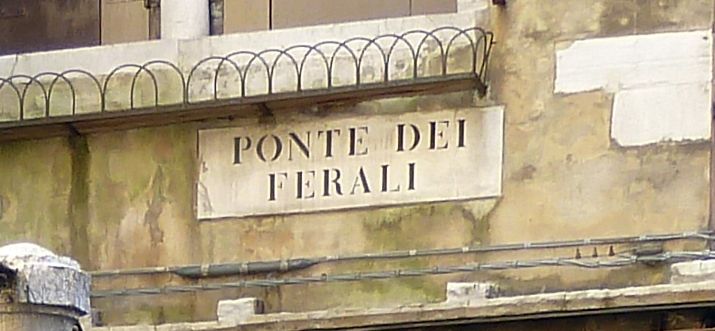
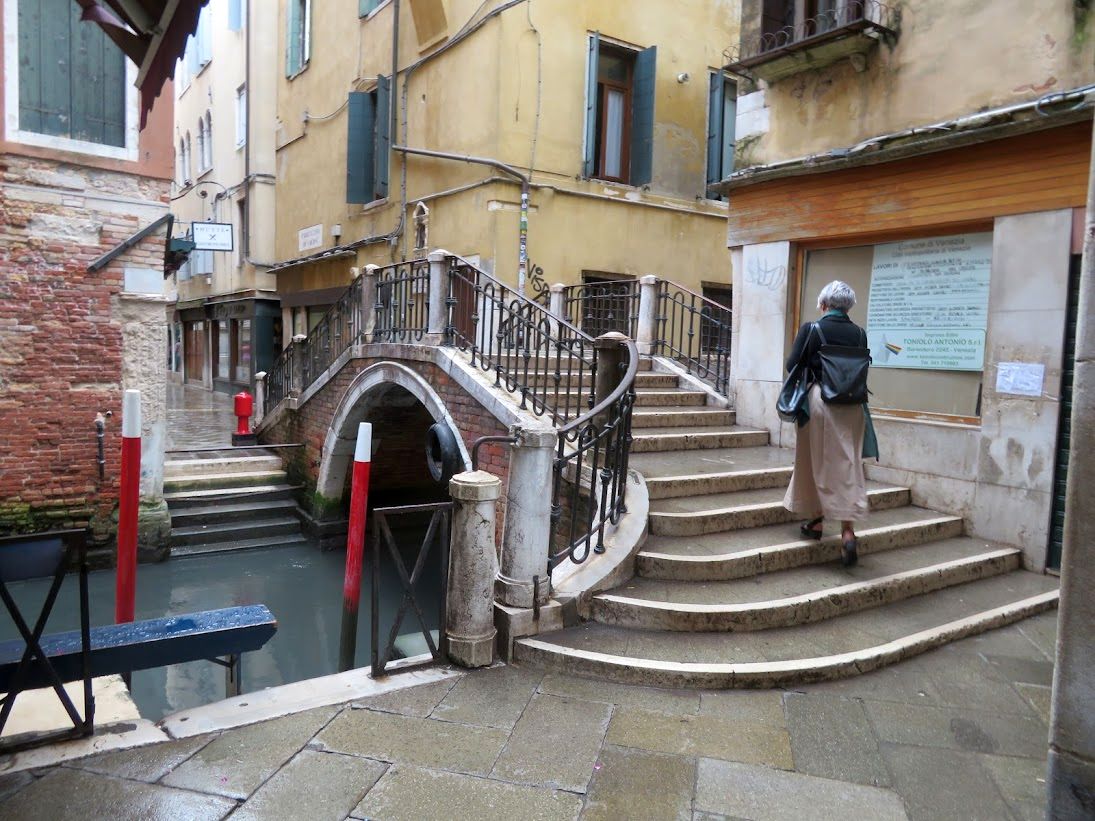
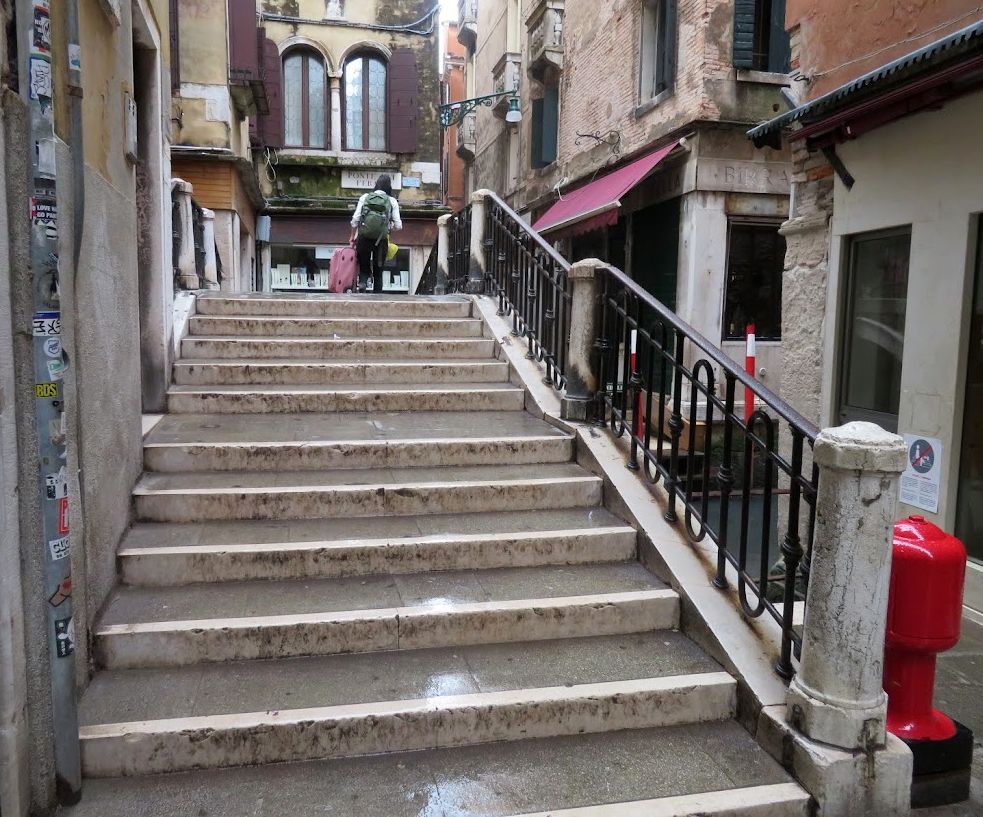

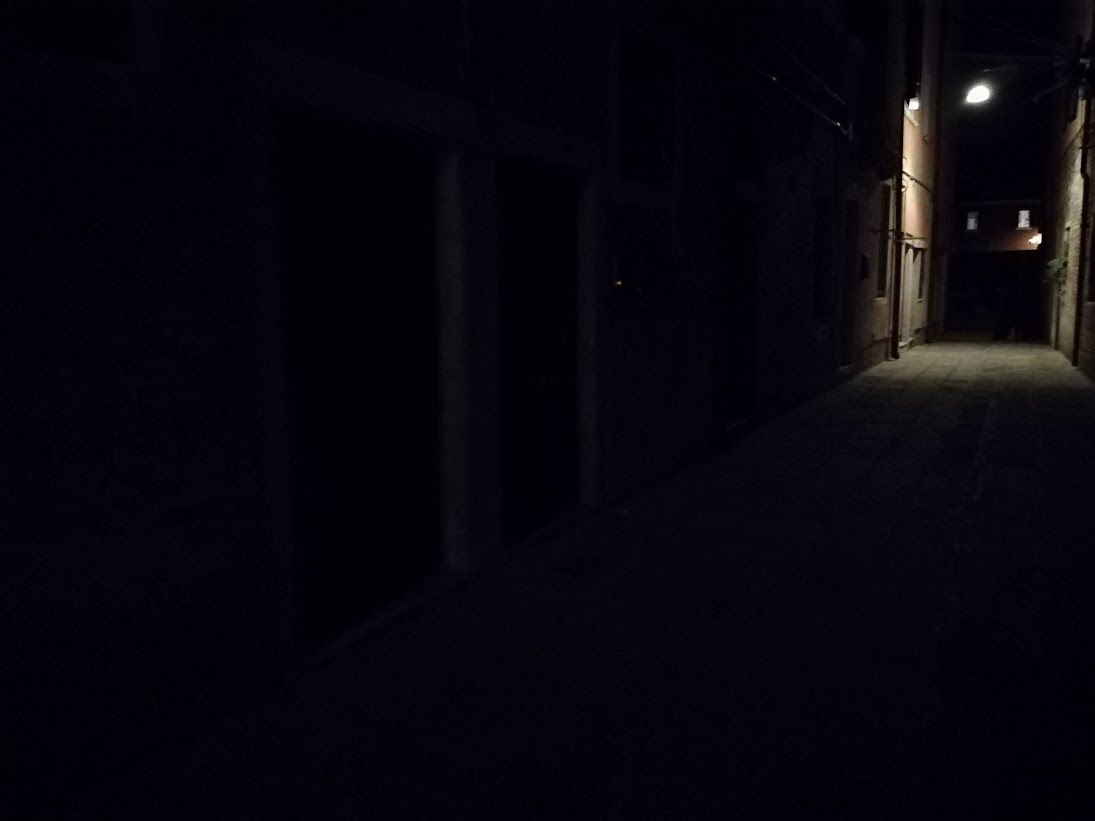
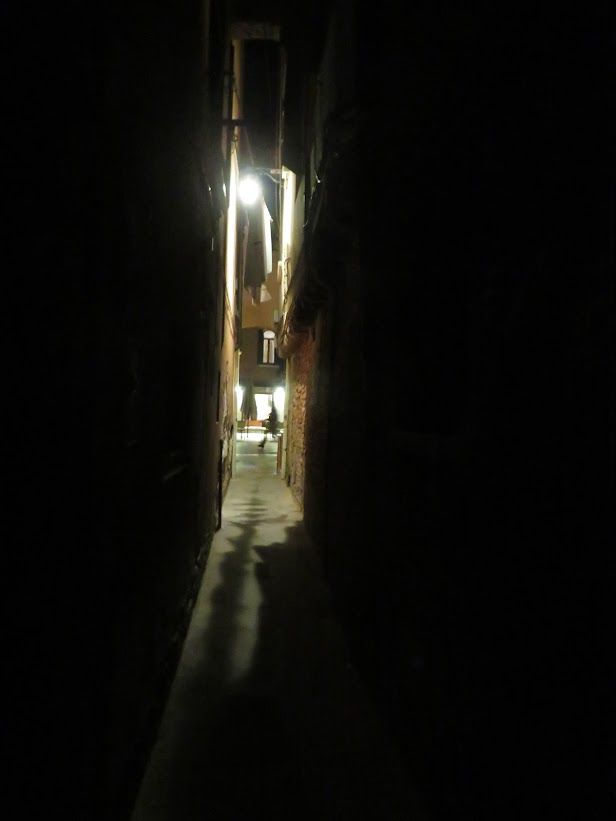
For centuries the streets had been illuminated to a feeble degree only by the faint flickering from the little lamps (cesendelli) at shrines on various street corners. “Be home by dark” really meant something because by 1128, due to the inordinate number of corpses found lying around the streets in the morning, the government began to take seriously the need to create real illumination.
Enter the ferali, or also farai, of various sizes, providing a great new line of work for their makers, the feraleri (not to mention the oil merchants). The parish priest was responsible for maintaining them, but the expense was covered by the government. By 1214 there were enough feraleri to merit their own scuola, or guild, and their devotional altar was in the nearby church of San Zulian. Fun fact: There is an osteria in Dorsoduro named Ai Do Farai, Venetian for “at the two streetlamps.”
But there were still plenty of dark streets to navigate on your way home from the theatre, or to secretly visit your lady- or boyfriend, or whatever you were up to after sundown. In 1450 the Venetian government had become so exasperated by the nocturnal carnage that it passed a law requiring people to carry a light– candles, lanterns, torches — when they were out at night. (Yes: We order you to protect your life! See: Seatbelts.) Not only was this a good idea in itself, but it was equally good as a job.
Enter the codega (CODE-eh-ga). He was a very poor hired man who waited with a lantern outside theatres, gambling houses, or other festive places, or was available on call, to light your way to wherever you were going next. Sometimes the lantern was suspended from a long pole.
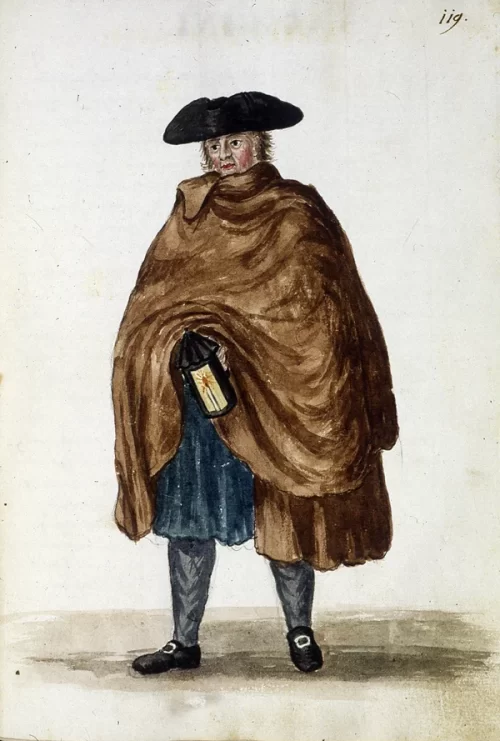
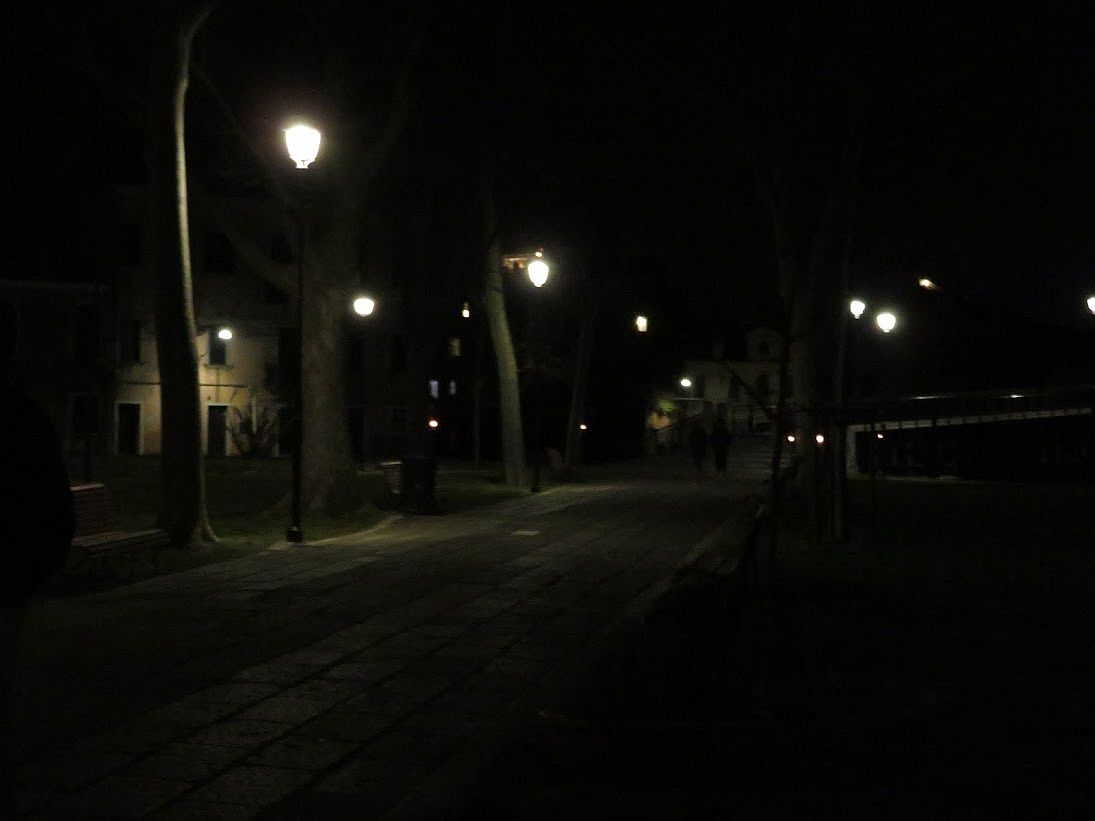
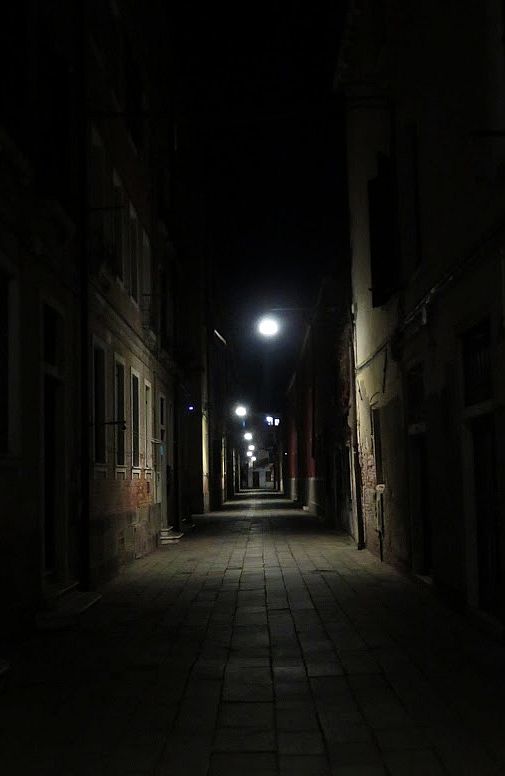
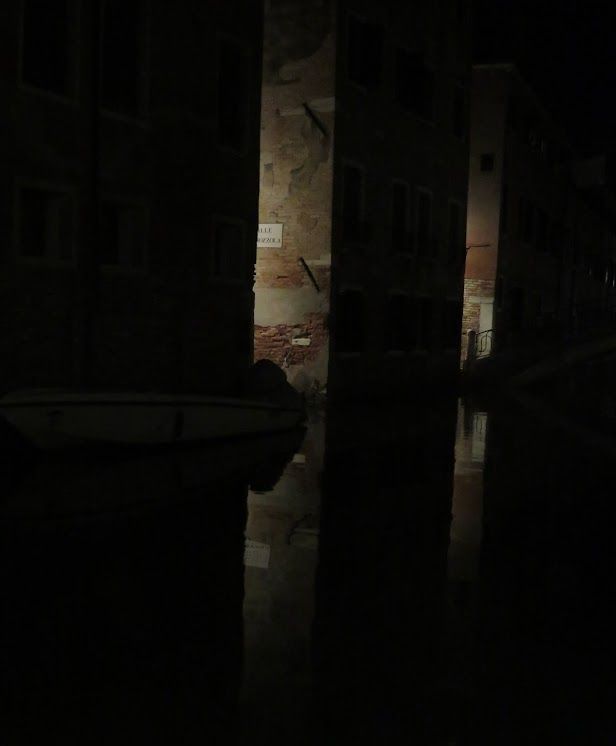
In 1719 a nobleman named Stefano Lippomano is regarded as being the bright spark who convinced the shopkeepers around San Marco to put an oil lamp near their shops between the Mercerie and the Rialto. Did they need much convincing? (“You’ll make more money this way…”.) This worthy idea spread through the city to the joy of everyone except — naturally — the codeghe.
In 1726 a proclamation bearing the seal of the Signori di notte al criminal (the police magistrates) denounced the habit that the humble lantern-carriers had developed of smashing the streetlamps and carrying away their wrought-iron supports. It would be no comfort at all to the embattled men to know that one of the most prestigous international awards for innovation in lighting today is called the Codega Award.
Fun fact: Between San Marco and Rialto is the Hotel Al Codega. Presumably well-lit.
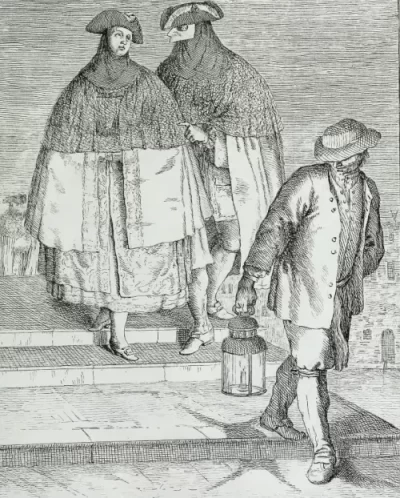
But smashing the lamps was futile — streetlights were the future. Crime was down at last, and between 1721 and 1732 the Signori di notte al criminal created a system of 834 public streetlights — not a lot, but it was a start — paid for by voluntary contributions. There were private lights on palace balconies, but the public lamps were lit by a public lamplighter, paid for by the magistrate.
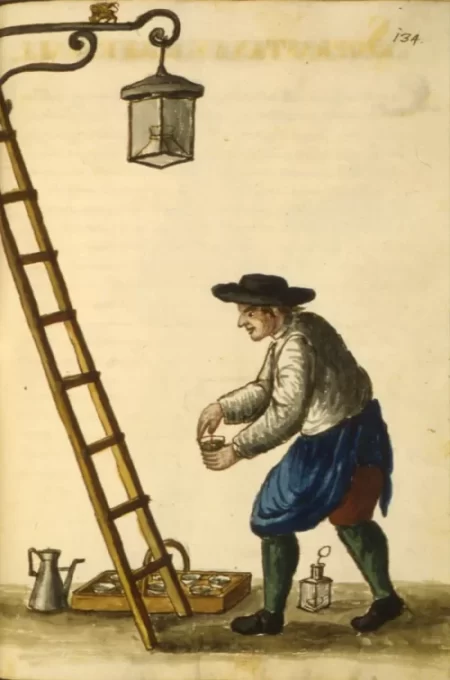
Everything settled now? Not even close. The problems in organizing and maintaining this municipal necessity were endless. By 1740 there were 1,046 public streetlights, but those voluntary contributions weren’t nearly enough to cover expenses and so a tax was levied on every “head of family.” The astonishing inequality of this tax burden (indigent widows paid the same as patrician clans) led to its abolition in 1756.
Flaws and defects in this worthy undertaking abounded. Service was terrible. The lamplighters didn’t always light (or keep alight) the lamps; the oil destined for burning turned out to be of an even lower quality than agreed (and paid for), and also was somehow inexplicably often in short supply, except for that time when the inspector general made a surprise visit to the warehouse and discovered 40,000 more liters of oil than were listed on the register; the lamps themselves weren’t especially sturdy, being made of sheet metal, often tin; the feraleri were not always of a consistently high level of skill or reliability (not charlatans, exactly….); and the fragility of a flame floating in oil facing wind and storms was all too evident. The brightness of everybody’s hopes was faint in comparison to the reality of, well, reality. The Serenissima kept trying to improve the situation by giving out new contracts to suppliers and artisans but graft and corruption reigned. The courts were full of complaints and denunciations, and those were only the most serious cases. But there was no going back.
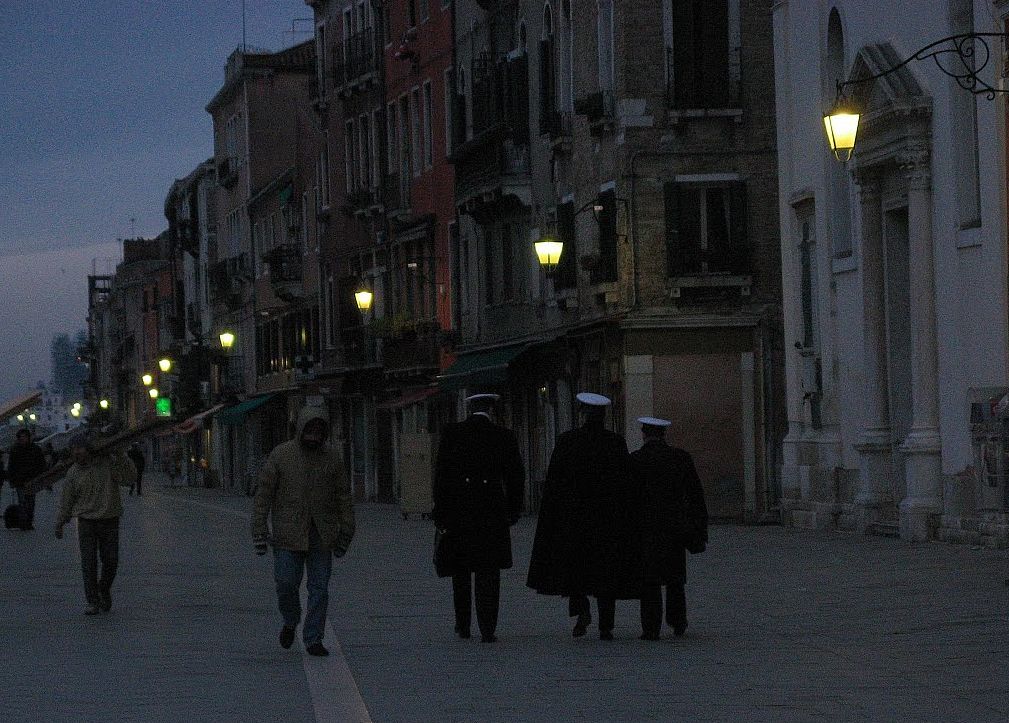
Despite all these problems, Venice at night had become something phenomenal. Carlo Goldoni, returning to Venice in 1733 after some time away, was astounded by what he found.
“Independent of the street illumination, there is that of the shops that stay open in all weathers until 10:00 at night and a great part of them don’t close until midnight, and plenty of others don’t close at all.” I pause to let that sink in.
He goes on: “In Venice you find at midnight, just as at midday, food being sold in the open, all the osterie are open, and beautiful dinners prepared in dozens of hotels and neighborhoods; because it isn’t so common in Venice that the diners are of high society dinners, but rather the really cheap little places (ritrovi di lira e soldo) are where you find the groups of the greatest liveliness and liberty.” In other words, the regular folks out there living it all the way up.
He concludes: “In summertime the Piazza San Marco and surrounding areas are busier at night than during the day, with men and women of every sort.”

By 1775 there were 1,778 public streetlights. Still not enough. On September 7, 1796 the magistrates proposed installing at least “one lamp every hundred paces.” So 1,145 additional lamps were set up, and duly noted in the register (catastico) that hadn’t been updated since 1740.
I’m sure this improvement got compliments from the French when Napoleon arrived less than a year later, and thereafter from the Austrians who moved in. There were more than 2030 lamps around the city by then. For any trivia maniacs, at the beginning of the 1800’s there were 12 on the Giudecca, 27 in the Ghetto, 76 in the Piazza San Marco, and 1915 scattered elsewhere around the city. The Austrian occupiers’ shiny new department responsible for “police, streets, canals and illumination of the city” found itself stuck with the same problems that had bedeviled the late great Republic for centuries. Because, you know, people.
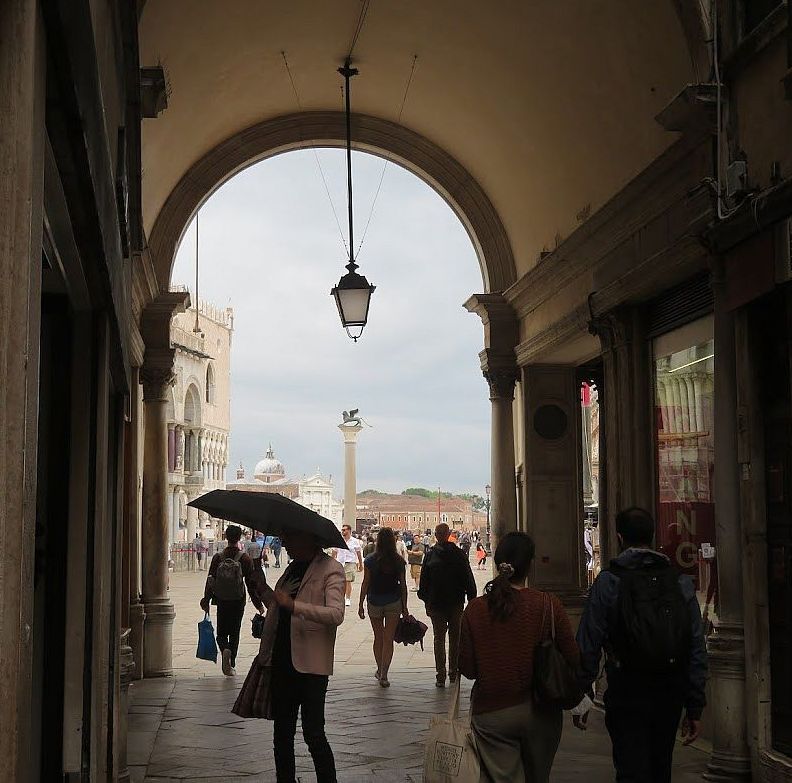
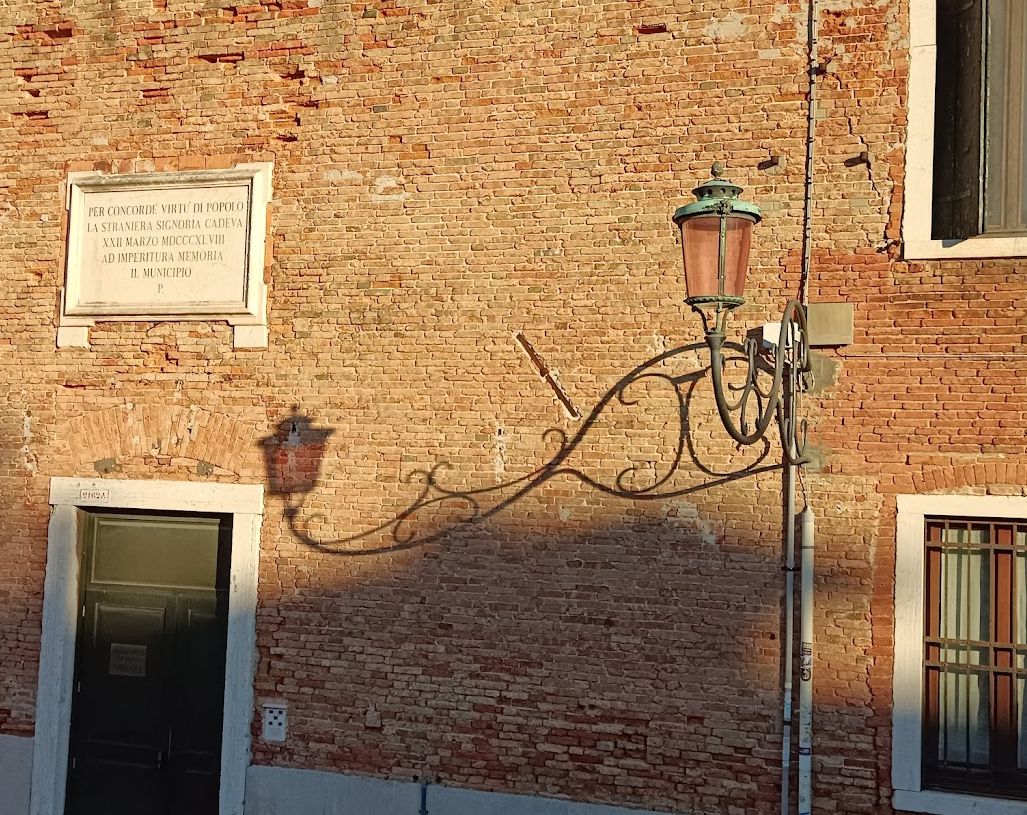
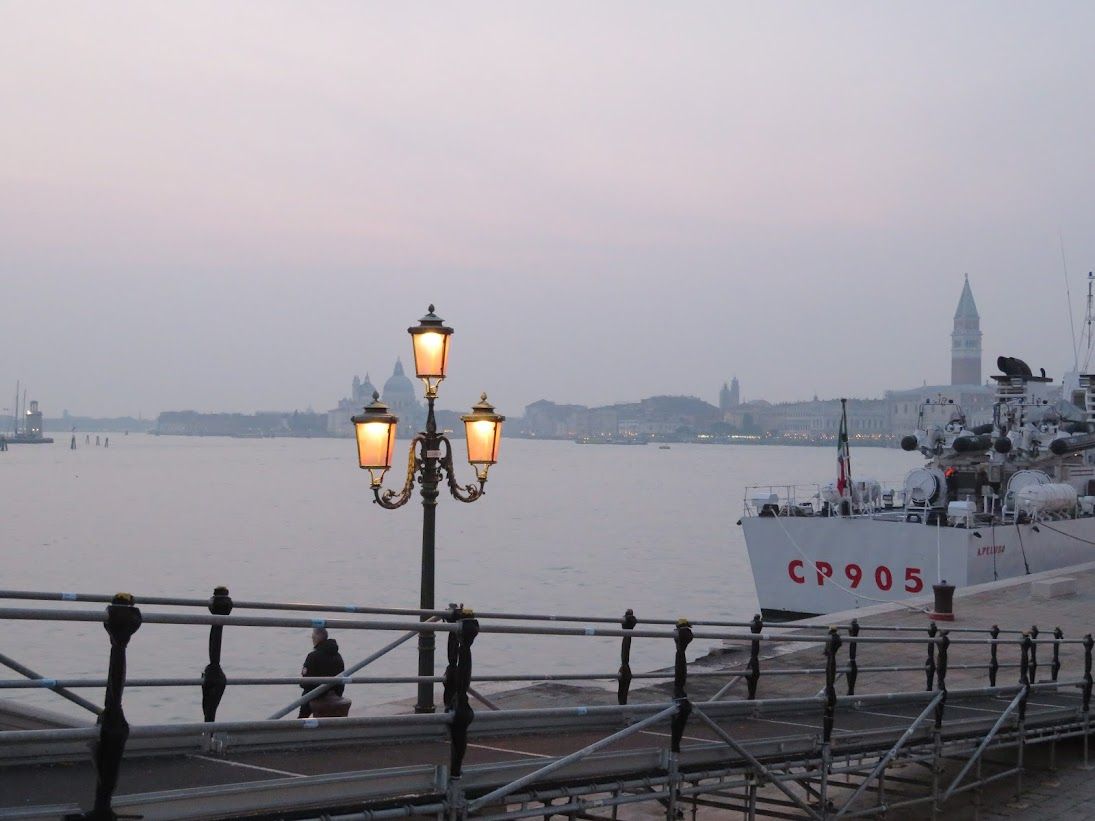
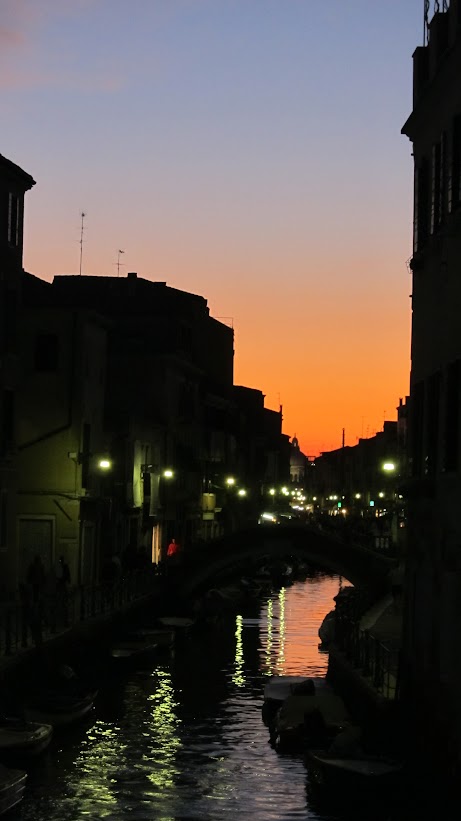
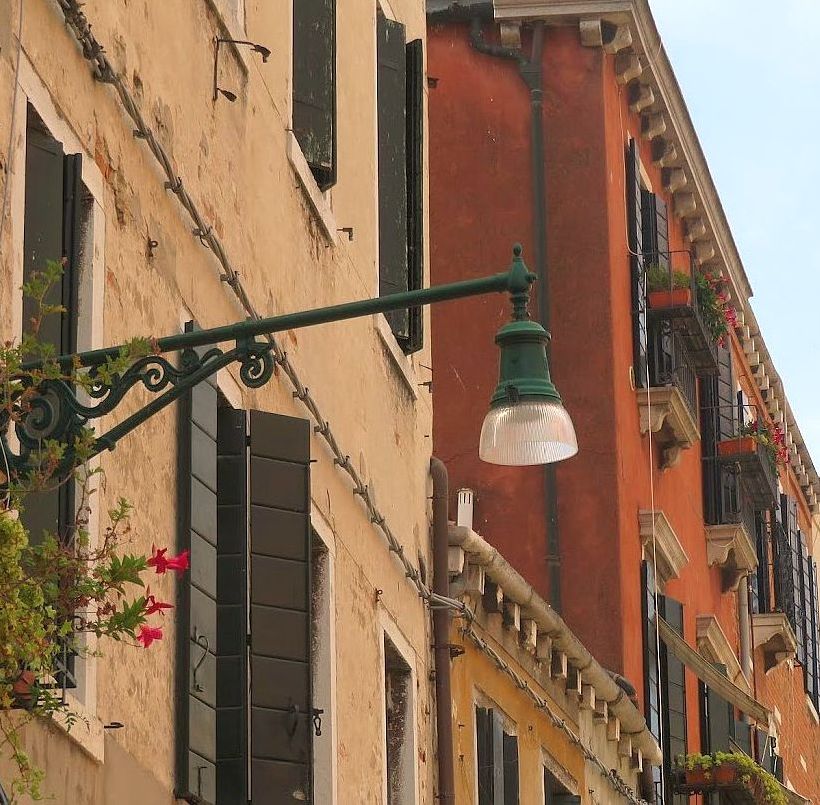

The lights in Venice, in the houses as well as on the streets, ran on gas produced by burning coal — coke, to be precise. Italy is full of decommissioned “gasometers” like the two left abandoned near San Francesco de la Vigna. (There was also one at Santa Marta, across the canal from where the prison currently sits.) Providing this crucial industrial service right next to a 16th-century church designed by Jacopo Sansovino and Andrea Palladio, and its adjacent Franciscan monastery, seems pretty crazy, but the land was there and space in Venice is valued far above rubies.
In 1969 came the switch from coal gas to methane, and the future of these relics of industrial archaeology has become as Byzantine as everything else here. The neighbors want a sports center for the kids (three high schools within a very tight radius); a German company proposed converting them to luxury hotels but got tired of waiting for the bureaucracy to conclude its Byzantine operations, and now luxury apartments have been mooted. As long as it’s luxury, that’s all that matters. After all, somebody is going to have to pay the cost of cleaning up the century of environmental horror in the soil.
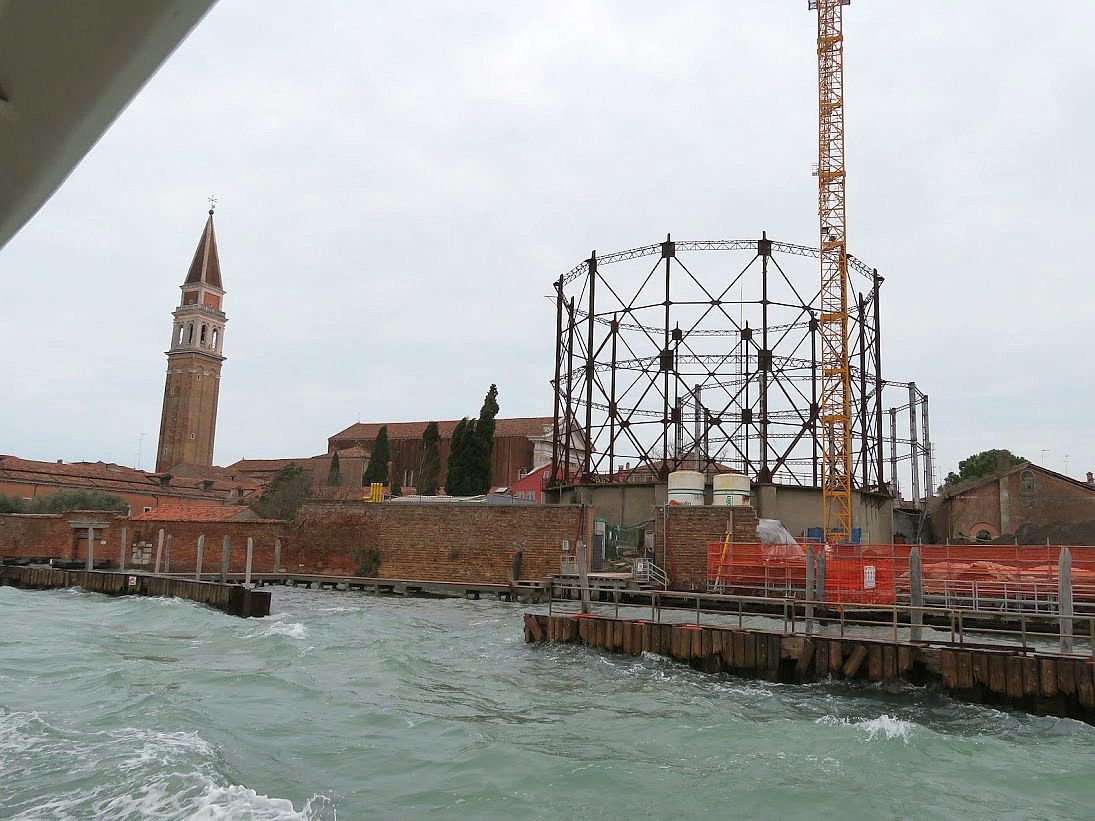
To recapitulate: Lighting Venice evolved over the generations from pig fat to methane. The world is amazed by building a city on water, but I have to confess that illuminating it was not much less impressive. If you were to want to read more — much more, and better — I recommend the lavishly illustrated “The Lights of Venice,” an extraordinary book published online in 2022 by the Fondazione Neri. I’d gladly have read it all myself, but I still haven’t finished War and Peace. But at least “Lights” has a happy ending.
